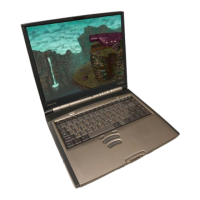
Do you have a question about the Toshiba 2800-S201 and is the answer not in the manual?
| Processor | Intel Pentium III |
|---|---|
| Maximum RAM | 512 MB |
| Maximum Resolution | 1024 x 768 |
| Operating System | Windows 98 |
| Modem | 56 Kbps |
| Network | Ethernet |
| Battery Life | 2.5 hours |
| Screen Type | TFT |
| CD-ROM | 24x |
| Optical Drive | CD-ROM |
| Ports | Parallel, Serial, USB, VGA |
| Display | 13.3" TFT |
| Wireless | No |
Explains how to use the guide and its structure.
Indicates hazard resulting in death or serious bodily injury.
Indicates hazard resulting in bodily injury.
Indicates hazard resulting in equipment or property damage.
Provides information related to safe operation.
Tips for comfortable and safe computer placement and environment.
Guidelines for maintaining good posture while using the computer.
Identifies external features of the computer when the display is closed.
Identifies rear ports and connectors on the computer.
Explains the function of lights indicating keyboard status.
Explains the function of lights indicating system status.
Utility for assigning Fn key combinations to open programs or files.
Configuration tool for managing system hardware settings.
Manages power settings to optimize battery life and energy efficiency.
Instructions on how to launch the DVD playback application.
Details the functions of DVD player controls and indicators.
Addresses common issues like programs stopping responding.
Troubleshooting guide for operating system startup and functionality issues.
Steps to identify and resolve conflicts between hardware devices.
Troubleshooting common issues related to PC Card installation and usage.
Guidance for troubleshooting modem connection and data transmission issues.
Explains the hot key to blank the display and lock the keyboard.
Describes hot keys to cycle through power usage modes.
Explains hot keys to cycle through display output options.
Lists supported video modes, resolutions, and color depths for the computer.




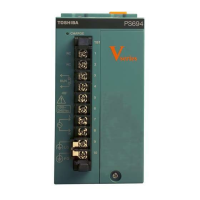
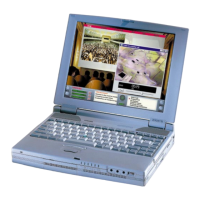
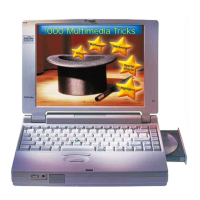

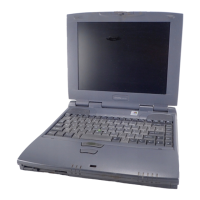


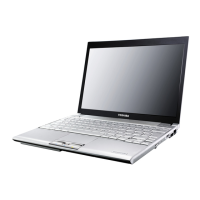
